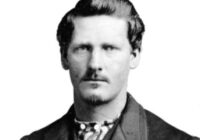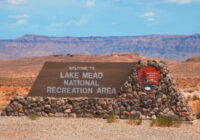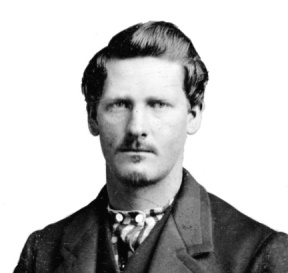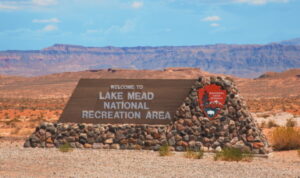|
Listen to this Gambling History blog post here
Getting your Trinity Audio player ready...
|
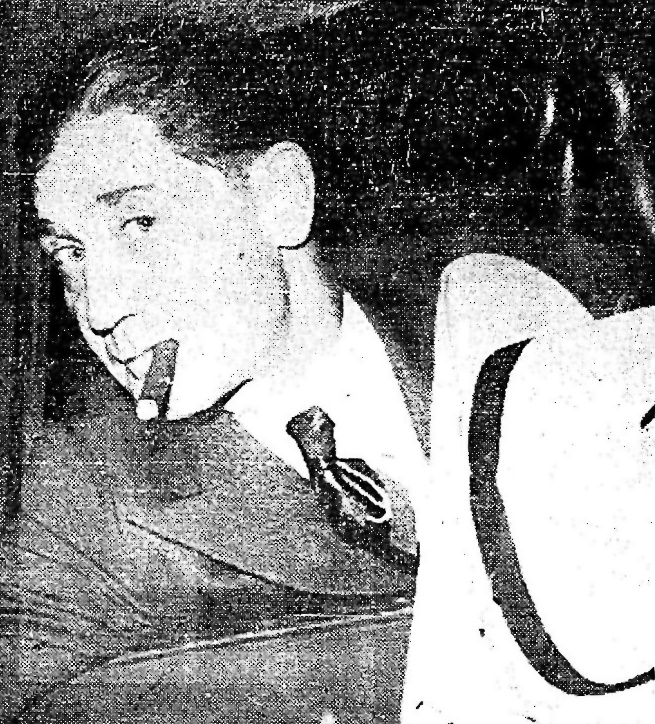
James “Socks” McDonough
1934-1935
An argument between two underworld men devolved into violence during a dance endurance competition in Hollywood, California on April 14, 1934.
Explosion of Rage
At 7 a.m., the 21th consecutive hour of the walk-a-thon,* competing dancers sluggishly moved about the Winter Garden Auditorium floor. Mobster James “Socks” McDonough, among the spectators, sat at a table in a far corner, playing craps with some buddies.
Suddenly, angry shouting erupted and soon after, gunshots rang out, seven of them.
McDonough slumped in his chair. Chaos ensued.
Emergency personnel rushed the critically injured man to Georgia Street Receiving Hospital where he received emergency treatment for through-and-through bullet wounds to the chest and thighs. After, he was transferred to General Hospital. Reportedly, he had 15 scars from previous gunshots.
The Criminal Life
He likely had gotten those during his years as an alleged member of the Dion O’Banion** (né Charles Dean O’Banion) and Bugs Moran’s (né George Clarence Moran) North Side Gang in Chicago, Illinois. At the time of the walk-a-thon, McDonough had been in Los Angeles for about three years and continuing his criminal ways. At one point he’d been the city’s Public Enemy No. 1.
As such, police had questioned him frequently in connection with various crimes. In 1932, McDonough had gone to trial for allegedly participating in the $50,000 ransom kidnapping of E.L . “Zeke” Caress, betting commissioner at Agua Caliente, but prosecutors dismissed the case against the Chicagoan.
Hints of Mob Involvement
Three to four hours after the potentially fatal incident, a citizen and former U.S. deputy marshal, H.W. Ballard, reported to police a car driving erratically in his neighborhood, about three miles from the Winter Garden.
An officer dispatched to the area discovered the reported car, parked, with actor Thomas O’Rourke, 37, behind the wheel. Lee Moore, 35, bookmaker, former prizefighter and previous bodyguard for professional boxer Jack Dempsey, was passed out in the back seat. When searched, Moore was found to have a small automatic pistol on his person. The officer took both men to the police station.
Faulty Memory, Denials
By this time, detectives working the McDonough case deduced, after hearing witness accounts, that Moore probably was the perpetrator. (McDonough knew who’d shot him but wouldn’t name the man.) On questioning, Moore said he was drunk and didn’t remember anything. O’Rourke relayed he and Moore had gone to the Winter Garden after attending the Hollywood Legion Stadium prize fights, but he didn’t recall a fight or shooting.
Moore was arrested for assault with a deadly weapon with the intent to commit murder and O’Rourke, for drunk driving. While in jail, awaiting trial, Moore served a previously received 30-day sentence for illegal gambling.
Underhanded Tactic
A few days after Moore’s arrest, Ballard received an anonymous phone call in which a man told him, “You better lay off if you don’t want to get yours.” Later, while the local resident was driving, a car pulled up alongside him, and the men inside verbalized a similar threat.
Meanwhile, McDonough remained alive, though barely.
“The shock from the seven wounds, police surgeons stated, probably will prove fatal unless the victim has unusual recuperative powers,” reported the Los Angeles Times (April 16, 1934.)
Mum’s the Word
By the time of Moore’s trial, in July, McDonough defied the odds and pulled through.
In court, nine witnesses, on the stand, suddenly couldn’t remember any specifics of the shooting despite having provided detailed accounts to detectives before. The Times described this phenomenon as “gangland’s shadow” dogging the witnesses. One of them recanted his entire former statement. O’Rourke pleaded the fifth. McDonough testified he didn’t know who’d shot him and denied ever having seen Moore before court.
Who’d gotten to these witnesses? It seems Moore was connected to a criminal entity, but which one? The Los Angeles Mob?
Because of their silence, none of the witnesses placed Moore at the scene of the crime. However, ballistics experts, determined the gun found on the defendant was the weapon that had been used, after comparing it to slugs and the bullet retrieved from the Winter Garden.
The defense countered this fact by having Moore claim he’d purchased the gun at 7:30 a.m., roughly a half-hour after the shooting, “from a guy about 6 feet 8 inches tall in a Hollywood Boulevard beer hall” (Los Angeles Times, July 31, 1934).
Out of Bogus Stories
Despite the setback for the prosecution, and no motive for the shooting made apparent, Moore was found guilty. The judge sentenced him to one to 14 years to be served in San Quentin State Prison.
The convicted man appealed the court’s decision and lost. He continued to fight, though, taking his case to the Supreme Court of California.
Best You Move On
In September, Los Angeles Captain of Detectives Bert Wallis called McDonough into his office. There, Wallis suggested the Mobster might want to leave the city or he’d likely get arrested for vagrancy. McDonough agreed to go. Wallis helped him procure a train ticket.
That night, he left on the Santa Fe, headed to Chicago. The press captured his departure (photo above).
What Comes Next
The following year, 1935, in May, the California supreme court reversed the lower court’s decision, on grounds the evidence on which Moore had been convicted had been insufficient. He was freed.
It wasn’t long, though, until he was in trouble again. He was arrested a year later for involvement in the July 1935 robbery of the Monte Carlo gambling ship.
———————————
* Jack Kearns, current and former manager of professional boxers Mickey Walker and Jack Dempsey, respectively, promoted the event.
** Dean O’Banion, headed Chicago’s North Side gang during the 1920s until rival Mobsters murdered him in 1924. Bugs Moran took over for O’Banion. Throughout the decade, the North Side Gang violently fought the South Side Gang, helmed first by Johnny Torrio then Al Capone. In 1929, seven of Moran’s men were duped and gunned down by Mobsters dressed as policemen, suspected to be South Side Gang members, in what is known as the Valentine’s Day Massacre.

